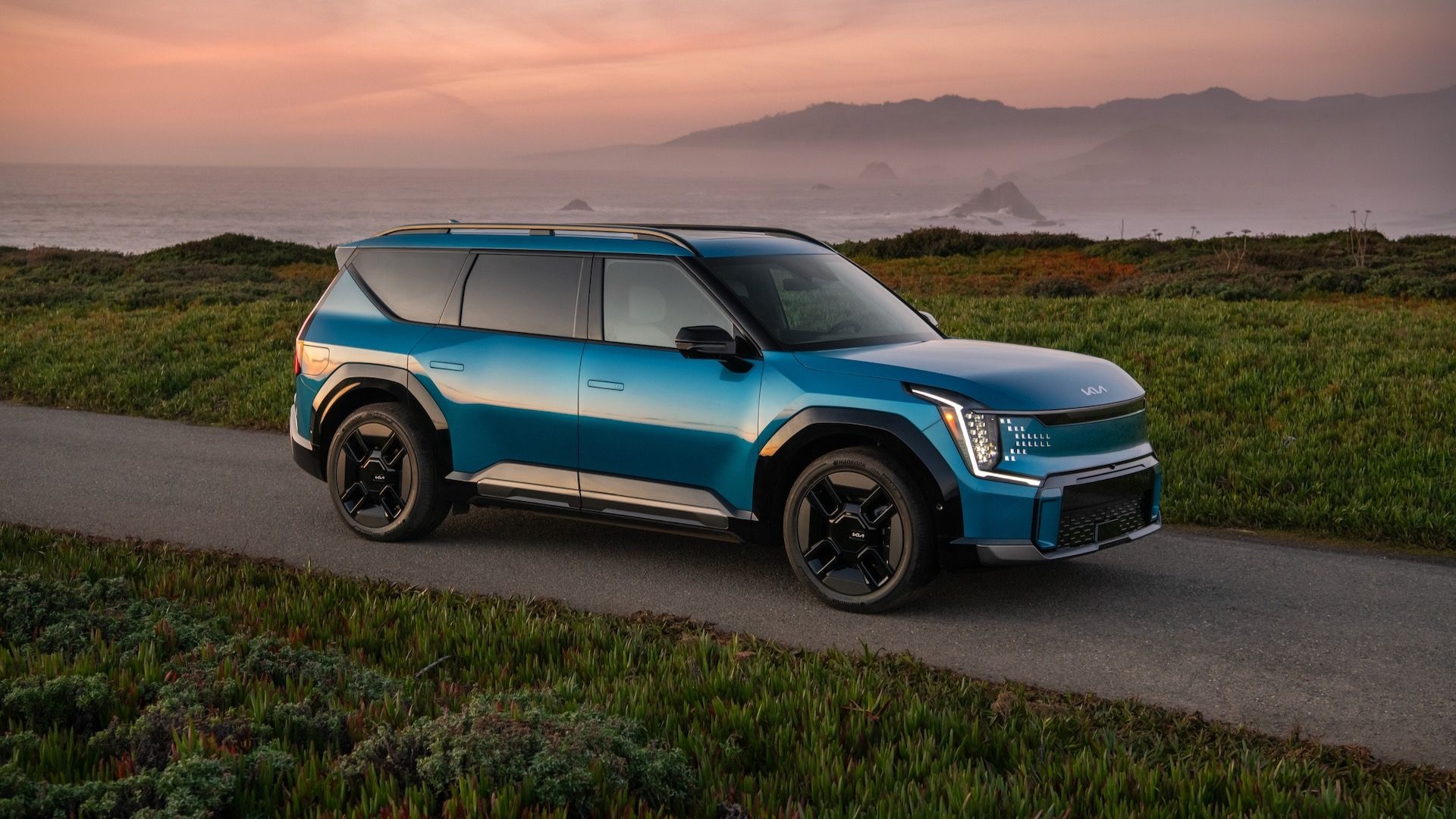Will the massive dealership networks of GM and Ford become a help or a hindrance, as these companies shift to EVs? Also, we look at another aspect of EVs’ carbon footprint. And how does the global automaker Volvo segue to all-electric by the end of the decade, while planning a limited number of platforms? This and more, here at Green Car Reports.
As the UK group Transport & Environment finds, electric cars use lower amounts of raw materials than internal combustion vehicles. It adds up to another meaningful way to present the data, emphasizing that EVs’ overall carbon footprint is lower.
In order to segue easily from plug-in hybrid to battery electric versions, Volvo is planning to use a clever solution for its next-generation XC90, built in South Carolina and set to arrive as soon as 2023. By producing two bottom portions of the vehicle—one with a skateboard-style battery, the other with an engine and fuel tank—Volvo’s CTO explained there won’t be big compromises for either.
GM and Ford have the largest networks of dealership franchises in the U.S. As both automakers ramp up the requirements for their dealers to stay invested in the EV future, franchises are facing a decision to do costly upgrades or embrace obsolescence. Meanwhile, automakers will soon see whether a strategy with more on-the-ground support will serve them well, versus Tesla-style company-owned stores.
And at Motor Authority, Mercedes-Benz is already replacing the “EQ Power+” branding that it said signaled a future electrified fleet of high-performance AMG models. Instead before those models have arrived, it’s using the “E Performance” badge, with a debut on the 2021 Formula One race car.
_______________________________________













